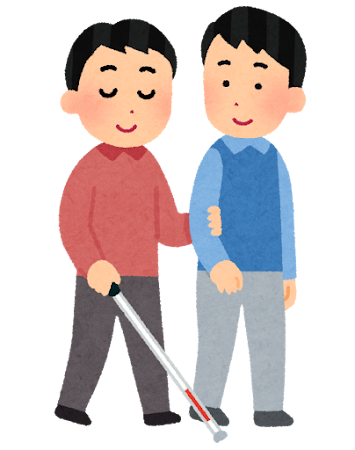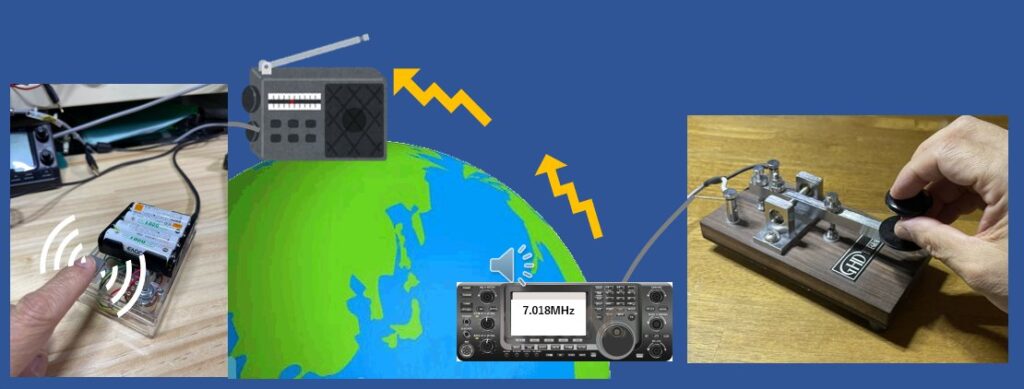For face-to-face communication, deaf-blind people usually use braille and sign language, such as real-time stamped Braille ribbons, finger braille, and finger sign language. So, in order to communicate with ordinary people who do not know Braille, apart from writing on the hand, they will need an “interpreter-assistant.”

Imagine if a deaf-blind person has got an amateur telegraph license, and appeared alone on the HF CW band. He can receive Morse codes using vibrations, and send them using a vertical key.
He will communicate with others all over the world, without an interpreter-assistant. And nobody knows that he is a deaf-blind! What is more barrier-free than this!

Until now I had simply thought of Morse telegraphy as a retro communication method in which beeps are replaced with meaningful letters and deciphered. But, using this vibration adapter, I realize that CW is a UNIVERSALLY DESIGNED COMMUNICATION METHOD that does not rely on sight or hearing. However, there is still a very high hurdle to overcome in order to get to that point: obtaining an amateur radio license.
But this restriction only applies to “wireless telegraphy” and there are no restrictions on its use online. So, for example, it’s OK to communicate using vibrating Morse code on Zoom, or to communicate face-to-face using Morse code by touching the other person. And fortunately, there is now a place online called “Dit-Dah-Chat” where we can communicate using Morse code even without a license. (Thanks to Jin / JI1JDI)